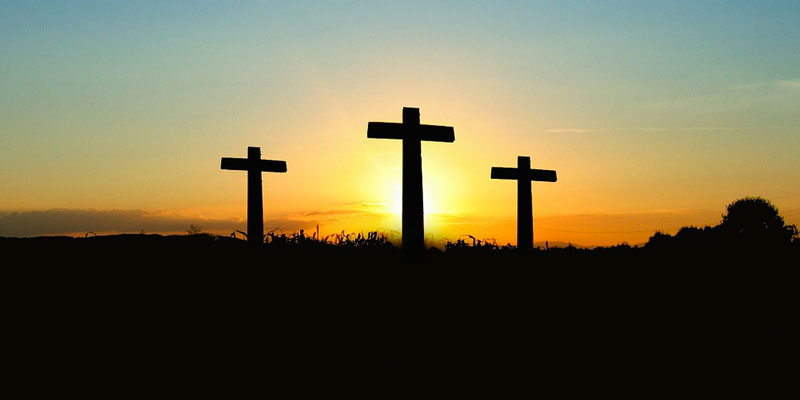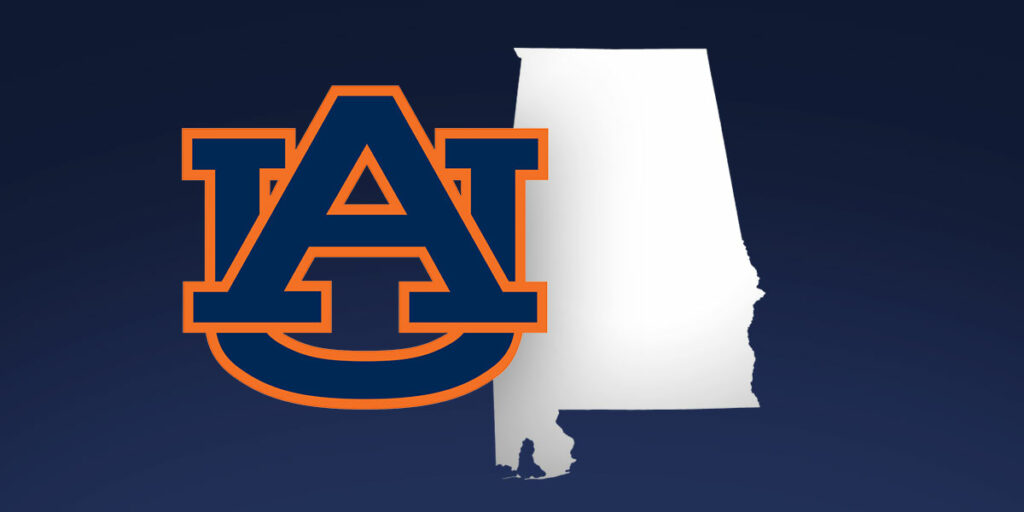Western Christians celebrating Christ’s resurrection with colored eggs and chocolate rabbits may seem strange, but Easter overseas often looks stranger and more macabre.
Christian faithful across the world will soon celebrate in commemoration of Jesus’ victory over death and the grace they believe God offers to humanity through Jesus’ death and resurrection. While worldwide Easter celebrations bear some universal elements — church services, special desserts and feast foods, proclamations that Jesus lives, and more — many countries have their own specific Easter traditions that span the range from whimsical to gruesome.
Most of these stranger Easter traditions are either adopted from ancient Spring rites or developed from a country’s unique interpretation of the story of Christ’s sacrifice and resurrection on the world’s behalf.
Here are three of the most unusual of those Easter traditions from around the world:
Blessings From Witches, Bonfires To Scare Off Demons
The Christians of Finland hold to the tradition that demons run amok on Holy Saturday, known in Finland as Easter Saturday — the day before the celebration of Christ’s resurrection on Easter Sunday. Finnish faithful construct gigantic bonfires on Holy Saturday to ward off these evil spirits and hold church services in preparation for Resurrection Sunday.
The children in western Finland also dress up as witches on Easter Saturday and go door to door, in a similar fashion to Halloween in the U.S. and U.K., offering blessings to drive out evil spirits in return for chocolate eggs. Elsewhere in Finland, children do this on Palm Sunday.
“The little witches then go from door to door, bringing willow twigs decorated with colorful feathers and crepe paper as blessings to drive away evil spirits, in return for treats,” Reeli Karimäki of the Pessi Children’s Art Centre told This Is Finland.
The child “witches” recite a traditional rhyme to homeowners before receiving candy in return for their blessing: “Virvon, varvon, tuoreeks terveeks, tulevaks vuodeks; vitsa sulle, palkka mulle!”
Translated to English, according to This Is Finland, it means: “I wave a twig for a fresh and healthy year ahead; a twig for you, a treat for me!”
The strange tradition of blending symbols of witchcraft with Christ’s resurrection and the warding off of demons is apparently a mix between traditions of the Eastern Orthodox Church and a tongue-in-cheek reference to old fears about magic and the demonic.
“This Finnish children’s custom interestingly mixes two older traditions – a Russian Orthodox ritual where birch twigs originally represented the palms laid down when Jesus entered Jerusalem on Palm Sunday; and a Swedish and Western Finnish tradition in which children made fun of earlier fears that evil witches could be about on Easter Saturday,” Karimäki said.
Fertility Whippings
The Czech Republic’s most popular Easter tradition actually comes from what is most likely a pagan tradition from the 14th century, before Christianity became prominent in the area, according to The Culture Trip. That tradition is the pomlázka whipping of young women. The pomlázka is a whipping stick made of braided willow branches topped with colorful ribbons. Young men would hand-make these sticks and go about whipping young women, which was believed to keep the women young, fertile, and beautiful for another year. The women would give the men a treat of some kind to thank them for the whipping.
Now, however, the people of the Czech Republic have toned the whippings down to light spankings or even just taps delivered by family members or close friends to a young woman’s backside or legs on Easter Monday. Most people also now buy their pomlázka from an Easter market instead of hand-making them.
Crucifixion and Self Flagellation
While Catholic faithful in the Philippines will celebrate Easter Sunday with church services and feasts, the lead up to that celebration is intense, to say the least. Scores of men line the streets on Good Friday armed with braided whips. They flog themselves bloody as they march, reenacting one of the sufferings of Christ. Streets, houses, and roadside kiosks and storefronts are left splattered with crimson colors as the men march by, flailing their whips.
The reason for this gruesome practice is that Catholics in the Philippines believe that voluntarily undergoing this pain can serve as penance or, if a loved one is sick or ailing, can earn miraculous healing or divine favor as a form of intercession on the loved one’s behalf.
Filipino men, and sometimes women, also engage in mock crucifixions on Good Friday for the same reasons and have three-inch nails driven through their hands and feet.
The Catholic Church openly disapproves of these practices, saying that any sacrifice given by the faithful during Lent and the lead-up to Easter should instead be made in the form of service or donation to benefit the needy.
Easter in the Mainstream
Whatever your thoughts may be on the aforementioned Easter traditions, they are certainly not representative of the focus of most Christian churches during Easter. Whether it is the tradition of colorful eggs, chocolates, throwing pots out of the window, or even bonfires to commemorate the Easter peace made between Comanches and the German settlers of Fredericksburg, Texas, Christian faithful have modified these practices and their meanings to point back to the story of Christ’s victory over death, his payment of the debt of sin on the humanity’s behalf, and the hope that they believe his resurrection gives the world.
(Content created by The Daily Caller News Foundation is available without charge to any eligible news publisher that can provide a large audience. For licensing opportunities of our original content, please contact [email protected].)













